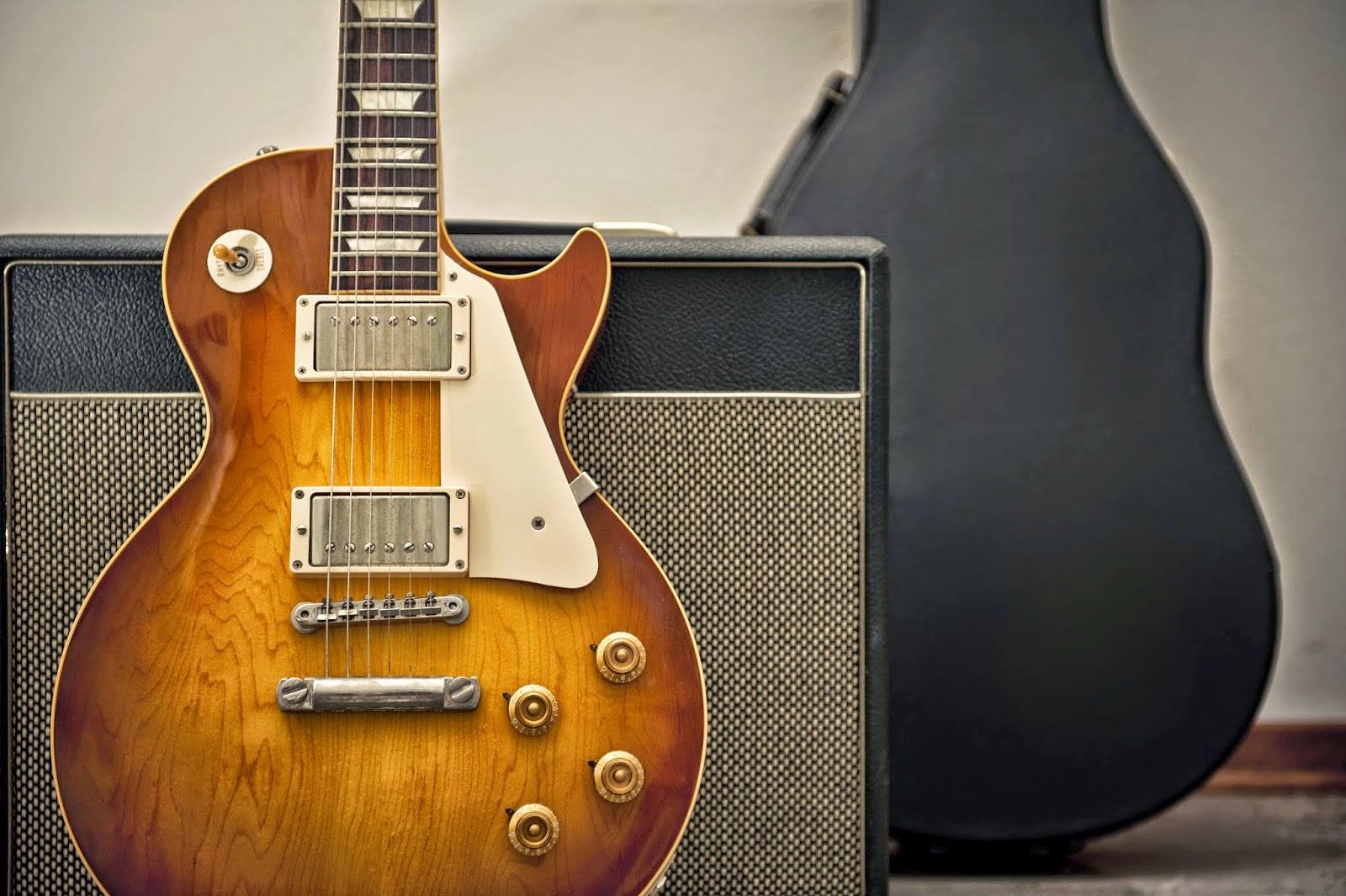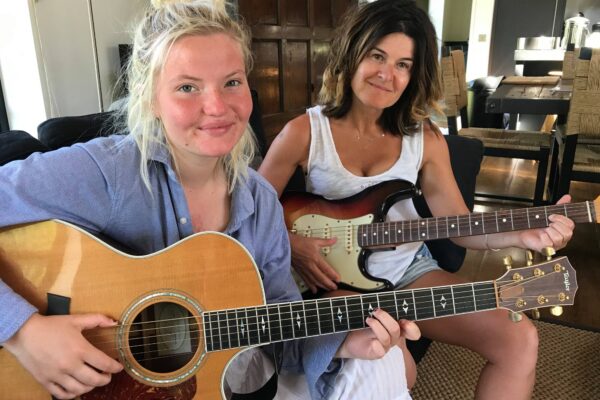
The Secret to Soulful Guitar Solos
The Secret to Soulful Guitar Solos: How to Write & Play Melodies That Sing
Ever wondered why some guitar solos make your spine tingle while others just sound like a scale run on autopilot? The secret lies in melodic soloing—an approach that treats your guitar like a voice, telling a story with every note.
If you want to move beyond fast licks and into emotive, memorable solos, keep reading. These tips and examples will show you how to use both songwriting sensibility and technique to create solos that connect deeply with listeners.
Think Like a Singer, Not a Shredder
Great melodic solos often mirror vocal lines. Before you pick up your guitar, hum or sing a simple melody over the chord progression you’re soloing on. This forces your brain to think musically rather than mechanically.
Example: Listen to the solo in “Comfortably Numb” by Pink Floyd. David Gilmour’s iconic lead is essentially a sung melody. Notice how it breathes, how it pauses, how it builds. Try humming the solo before learning it—it’s that vocal!
Use Target Notes to Outline Chords
Rather than noodling around in a scale, land on chord tones as your “home” notes. This anchors your phrases to the underlying harmony and gives your solo a musical logic.
Technique Tip: If you’re playing over a G-C-D progression in G major, resolve your phrases to G (root), B (3rd of G), or D (5th of G). These chord tones act like punctuation marks in your musical sentences.
Example: “Let It Be” by The Beatles. George Harrison’s guitar lines are short, sweet, and rooted in the chord structure. Copy that approach by building a phrase for each chord.
Build Your Solo in Chapters
A good solo is a mini-story. Start simply, then add complexity and energy as you go. Think of it like verses building toward a chorus.
Technique Tip: Begin with a motif—a short musical idea—and vary it slightly each time. Use bends, slides, and vibrato to add expression. Save your flashiest technique (like fast alternate picking or sweep arpeggios) for the climax.
Example: Slash’s solo in “Sweet Child O’ Mine” starts with lyrical phrasing, gradually ramps up, and explodes into bends and runs. Study the arc and mimic it.
Melodic Toolbox: Techniques That Sing
Here are your go-to tools for melodic soloing:
-
Bends: Simulate the expressiveness of a singer’s pitch inflection.
-
Slides & Legato: Create smooth transitions between notes.
-
Vibrato: Give sustained notes emotion and depth.
-
Double Stops: Add harmony for a fuller sound.
-
Call & Response: Treat your solo like a conversation.
Try combining these in the context of your favourite backing track. The goal? Make each note mean something.
Challenge: Turn a Nursery Rhyme into a Solo
Grab a basic melody like “Twinkle Twinkle Little Star.” Now solo over a C major backing using just that melody—but twist it. Add bends, stretch rhythms, change phrasing. You’ll be shocked at how much music hides in simplicity.
Final Thought: Shredding is cool, but melody is eternal. Write solos like you’re writing lyrics—people will hum them long after the amp cools down.
To 10 Melodic Guitar Solos That’ll Live in Your Head Forever (And Why They Work So Well)
1. “Comfortably Numb” – Pink Floyd (David Gilmour)
Two solos. Both iconic. Gilmour’s phrasing, bends, and use of space create an emotional arc rather than a flurry of notes. The climax builds tension and release like a vocal crescendo—pure storytelling on strings.
2. “Hotel California” – Eagles (Don Felder & Joe Walsh)
This twin-guitar masterpiece blends harmony, melody, and phrasing into one seamless journey. It’s singable, yet complex, and follows the chord changes with purpose. Each line builds toward a powerful finish, like a well-written novel.
3. “Stairway to Heaven” – Led Zeppelin (Jimmy Page)
Arguably one of the most famous solos ever, Page’s melodic construction mirrors the song’s slow build. The solo isn’t about speed—it’s about tone, timing, and tension, climaxing just before the final verse explodes.
4. “November Rain” – Guns N’ Roses (Slash)
Melody meets grandeur. Slash’s solos in this song soar like vocal lines. His sustained bends, lyrical phrasing, and slow vibrato feel symphonic. It’s as emotional as it is technically rich.
5. “Sultans of Swing” – Dire Straits (Mark Knopfler)
Knopfler’s fingerpicked leads are woven through the entire track. Instead of taking one big solo, he delivers dozens of mini-melodic lines, almost jazz-like in how they float over the rhythm.
6. “Time” – Pink Floyd (David Gilmour)
Another Gilmour gem. This solo is less about fast licks and more about feel. It rises like a lament, using bends and sustain to convey emotion. His restraint makes every note matter.
7. “Bohemian Rhapsody” – Queen (Brian May)
Brian May’s guitar sings. The solo in “Bohemian Rhapsody” follows the vocal melody beautifully before breaking into a tasteful, operatic lead that complements the song’s drama.
8. “Europa” – Santana
A masterclass in melodic phrasing. Santana plays like he’s weeping through the guitar. Each note is soaked in vibrato, sustain, and emotion, making it feel more like a voice than an instrument.
9. “While My Guitar Gently Weeps” – The Beatles (Eric Clapton)
Clapton’s guest solo here bleeds heartache. With bluesy bends and smooth phrasing, it never overpowers the song—just enhances the melancholy. It feels like it’s truly weeping.
10. “Brothers in Arms” – Dire Straits (Mark Knopfler)
Minimalist and haunting, this solo is all about atmosphere. Long sustains, subtle vibrato, and reverb-heavy tone make it emotionally immersive. Knopfler’s touch is light, but devastating.
Why These Solos Work:
They prioritise feel over flash. Each is constructed with a sense of arc, often mimicking the human voice. They’re memorable, melodic, and emotionally resonant—proof that the best solos are not the fastest, but the ones you can sing.







